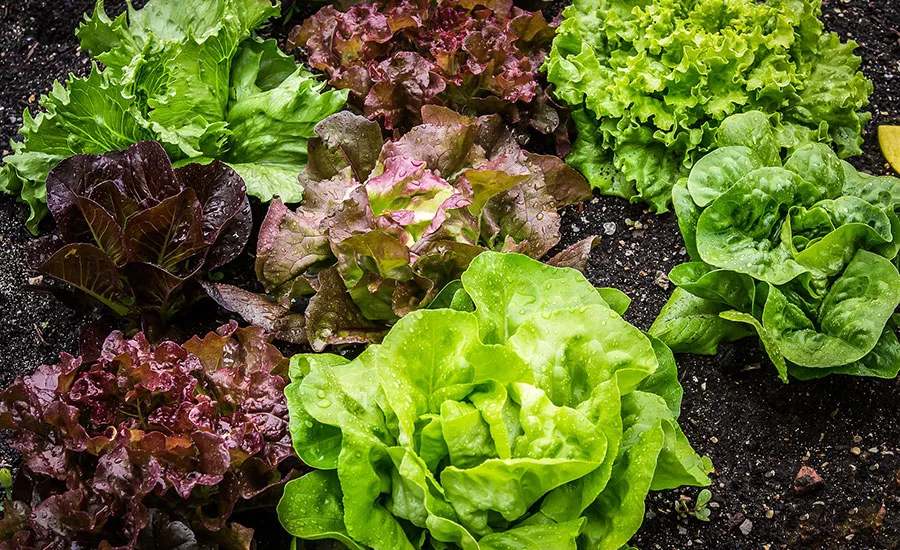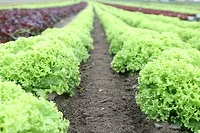FDA Advances Safety of Leafy Greens

Today, the U.S. Food and Drug Administration (FDA) released a report on the investigation into the Fall 2020 outbreak of Escherichia coli O157:H7 illnesses, which was linked to the consumption of leafy greens. The report detailed findings from the investigation, as well as trends that are important in understanding leafy greens outbreaks linked to the California Central Coast growing region (the Salinas Valley- and Santa Monica-growing areas) that have occurred every autumn, starting in 2017.
In addition, FDA also released an updated version of the Leafy Green Shiga-toxin producing E. coli (STEC) Action Plan, which reaffirms the need for collaborative action to improve the safety of leafy greens. It also builds on the work FDA accomplished in 2020.
Between August and December 2020, FDA and multiple state and federal partners investigated an outbreak of E. coli O157:H7 illnesses associated with eating leafy greens. 40 illnesses across 19 states were reported, including 20 hospitalizations and 4 cases of hemolytic uremic syndrome, a type of kidney failure.
During the investigation, the outbreak was linked via whole-genome sequencing to outbreaks from California's Central Coast growing areas. FDA was able to narrow the investigation to fields in the Salinas Valley-growing area. FDA, in collaboration with California state partners, investigated a few farms with fields links through traceback; FDA identified the outbreak strain in one cattle feces composite sample taken along a roadside approximately 1.3 miles upslope from a produce farm with multiple fields linked to the outbreak.
In addition, several other samples tested positive for other STEC strains, including E. coli O157:H7.
No direct source or route of contamination was identified, but the investigation provided insights into possible sources of contamination, including livestock activities on adjacent land.
FDA analyzed outbreaks starting in 2017 in light of this investigation's findings and found three key trends: a reoccurring strain of E. coli O157:H7, a reoccurring region, and reoccurring concerns with the potential impacts of adjacent lands.
Looking for quick answers on food safety topics?
Try Ask FSM, our new smart AI search tool.
Ask FSM →
FDA recommends that the agricultural community in the California Central Coast growing region should work to identify where the reoccurring strain of E. coli persists, and the likely routes of leafy green contamination with STECs. Producers from the Central Coast of California growing region are encouraged to participate in the California Longitudinal Study, and in the locally led, locally convened California Agricultural Neighbors workgroup.
FDA also recommends that growers should implement industry-led root cause analyses to determine how the contamination likely occurred and then implement appropriate prevention and verification measures.








